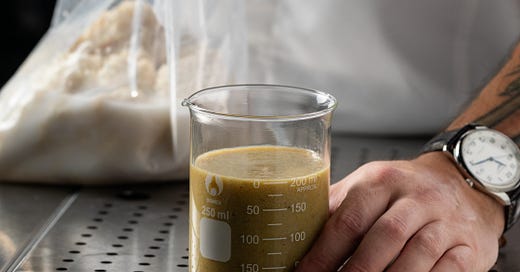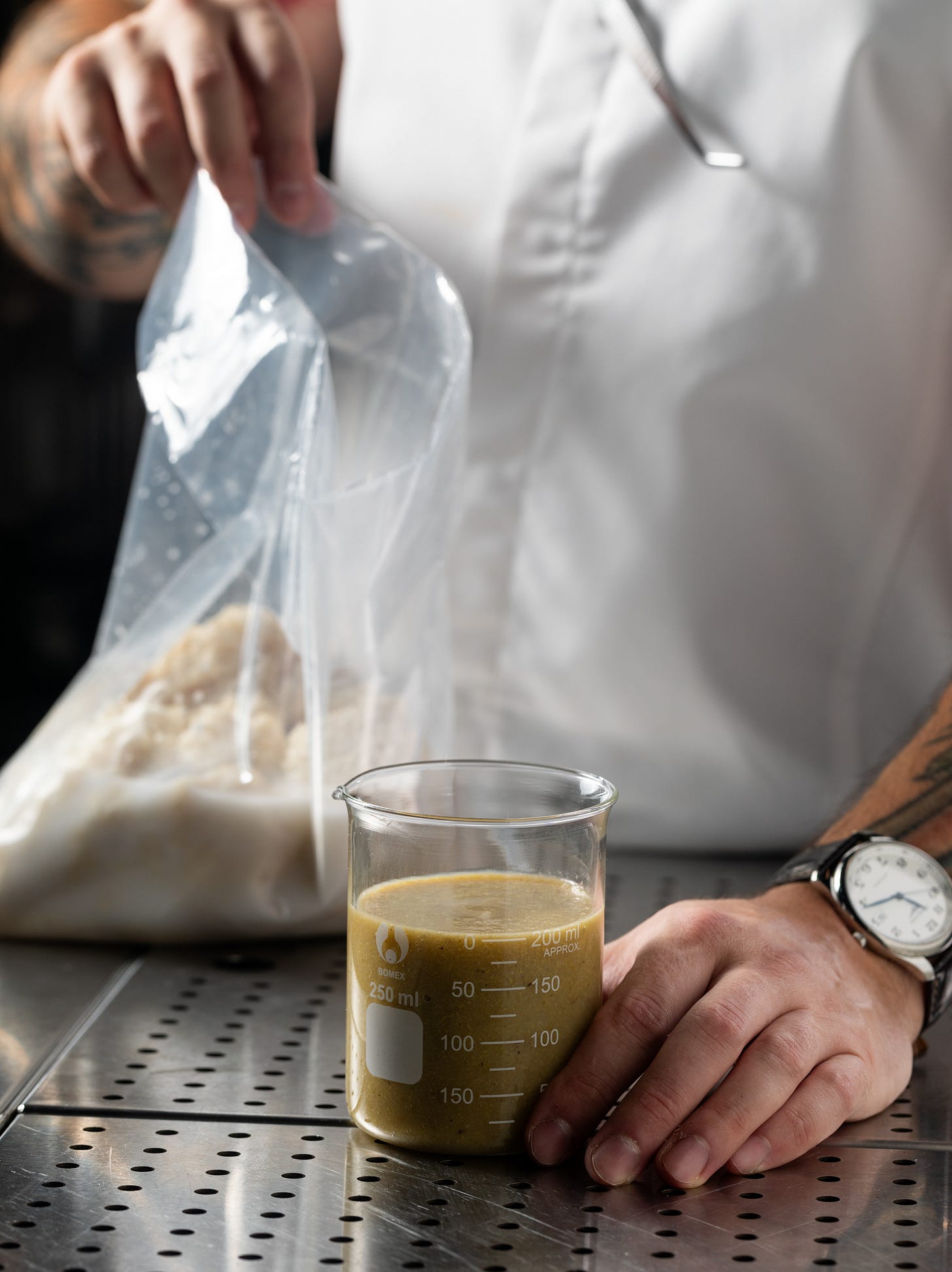Fermentation is about manipulating environmental conditions to achieve specific outcomes. The product of fermentation varies based on the microorganisms acting on the substrates, influenced by their enzyme complexes and the environmental conditions. By adjusting these conditions, you can direct the process to achieve the desired results.
For example, lactic acid bacteria thrive in high salt concentrations, giving them an advantage over less tolerant species.
Acetic acid fermentation involves two stages. The first stage is anaerobic, where sugars are converted into ethanol by yeasts and heterofermentative strains of lactic acid bacteria (alcoholic fermentation). The second stage is aerobic, where Acetobacter and other acetic acid bacteria (AAB) oxidize the ethanol and lactic acid produced by lactic acid bacteria (LAB) into acetic acid. This process requires a moderately low pH and the presence of oxygen.
The conditions of a particular ecological niche determine which organisms will thrive there. Fermentation, as a practice, largely involves manipulating environmental conditions to encourage the growth of certain organisms while discouraging others. The data provided in the following diagram illustrates the most favorable conditions for the most common types of fermentation
It is crucial to give desirable bacteria an initial advantage by creating an environment in which they can thrive while inhibiting the growth of other bacteria or fungi. As mentioned above, lactic acid bacteria can tolerate high salt concentrations. This salt tolerance gives them an edge over less tolerant species, allowing them to begin metabolism and produce acid, which further inhibits the growth of undesirable organisms. Lactobacillus bacteria, in particular, can tolerate acidic environments with pH values ranging from 3.5 to 6.8, whereas most pathogenic bacteria prefer neutral pH levels.
Temperature: It can play a critical role in fermentation. Some organisms can only function within a limited temperature range, while others, such as lactic acid bacteria, are more versatile. However, it’s important to understand that metabolism speeds up at higher temperatures, leading to faster fermentation. As a result, the products of fermentation may perish more quickly.
Salinity: Some bacteria are tolerant to salinity, while the growth of other bacteria or fungi can be significantly inhibited under salt stress.
Acidity: Most bacteria grow best around neutral pH values (6.5 - 7.0), but some thrive in highly acidic conditions and can even tolerate pH levels as low as 1.
Humidity: Growing molds involves replicating the environment in which they evolved and thrived—warm and humid conditions.
Oxygen Access: Some organisms are obligate aerobes or anaerobes, meaning they either require oxygen at all times or cannot tolerate it at all. Many organisms are facultative, meaning they can exist and function in both aerobic and anaerobic environments.
Carbon Dioxide Release: To achieve effervescence in your drink, the container must be airtight to retain the carbon dioxide produced during fermentation.
Successful fermentation relies on carefully controlling environmental factors such as temperature, salinity, acidity, humidity, oxygen access, carbon dioxide retention, and so on. By understanding how these conditions influence the growth and activity of different microorganisms, you can effectively direct the fermentation process to achieve desired outcomes. Whether it's encouraging the growth of beneficial bacteria or creating the right conditions for effervescence, mastering these variables is key to producing high-quality fermented products.
Download a complete fermentation log sheet to keep your processes on track.
connect with us on Instagram:
Denis Pashkov
cosmos society






